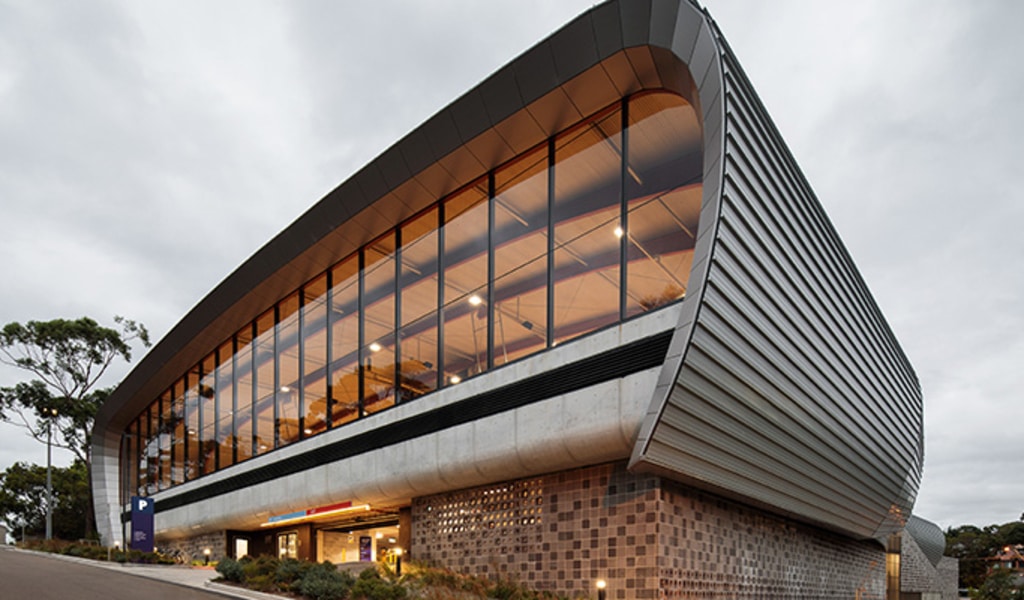Steel is ubiquitous in a vast number of industries, from residential, commercial and industrial construction, to shipbuilding and automotive, to manufacturing. Not all steel is the same though. There are thousands of types of steel (different grades and qualities), which are each manipulated suit different requirements.
Here at Steel Fabrication Services, we are expert structural steel fabricators, experienced in all aspects of steel production and manufacturing. Let’s take a look at the different types of steel.

Here we take a look at the different types of steel, and how they are applicable in different industries, such as construction and manufacturing.
According to the World Steel Association, there are currently over 3,500 grades of steel in the world. These vary in terms of chemical, environmental and physical properties. That is a lot to remember, and while there are many ways to categorise steel, the different types are often split into four main categories, carbon steel, alloy steel, stainless steel and tool steel.
Steel is composed of iron and carbon. And it is the amount of carbon, and the additional alloys, that determine what grade it is categorised in to. Let’s take a look at the differences between the four types of steel!
Carbon Steels
The majority of steel in the world is some variant of carbon steel. The amount of carbon present determines the strength of the steel, so under the “carbon steel umbrella” there are three main sub-categories. These are low carbon steel (also known as mild steel), which typically contains 0.04% to 0.30% carbon content; medium carbon steel, which typically has a carbon range of 0.31% to 0.60%; and high carbon steel, which typically contains 0.61% and 1.50%.
Mild steel is the most common of the three, and is what you will find used in building everything from skyscrapers to fences, to bridges and homes. This is because it is very malleable, and can be fabricated in a great range of shapes and sizes.
Depending on the desired properties needed, other elements can added or increased to carbon steel. Medium carbon steel is “harder” and more difficult to form, weld and cut. And as you might have guessed, high carbon steel is very difficult to cut, bend and weld, but has its uses.

Photo: Rodrigo Vargas
Alloy Steels
Aside from carbon, steel can have other elements added, such as such as manganese, silicon, nickel, titanium, copper, chromium and aluminium. These add specific properties that are not found in regular carbon steel, and are known as alloy steels.
Different alloy steels may be better for welding, resistant to rust, stronger or more tactile. They are suitable in more specialised industries, such as shipbuilding, automotive, and appliances. Alloy steels are generally more responsive to heat and mechanical treatments than carbon steels.
Stainless Steels
Stainless steel is a steel alloy that has fantastic corrosion resistance properties due to the presence of between 10-20% chromium. Other alloys include nickel and molybdenum. Common application for stainless steel include cutlery, medical instruments, hardware, appliances, and architectural fittings.
Stainless steel is one of the most recycled materials on the planet, making it an environmentally sustainable choice of steel. Its durability and resistance translate to a long service life that can be repurposed multiple times.
Tool steels
Tool steels contain expensive alloys like tungsten, molybdenum, cobalt and vanadium in various quantities, and are extremely hard, durable and resistant to heat. As the name implies, they are used in tool applications, such as cutting, mould-making, or impact tools. It is also commonly used in knife-making.
Tool steels are deigned so that they will grind away or warp during their intended applications, which are often more testing than uses of other forms of steel.
Source your steel from Steel Fabrication Services
Our team of expert structural steel fabricators have the experience and knowledge to answer any of your questions and will ensure that you find the best solution to suit your needs. To contact us today, simply call, fax, email or drop by our Brookvale location.
While you’re here, read more about steel and its benefits here:
The Aesthetic Benefits of Structural Steel
